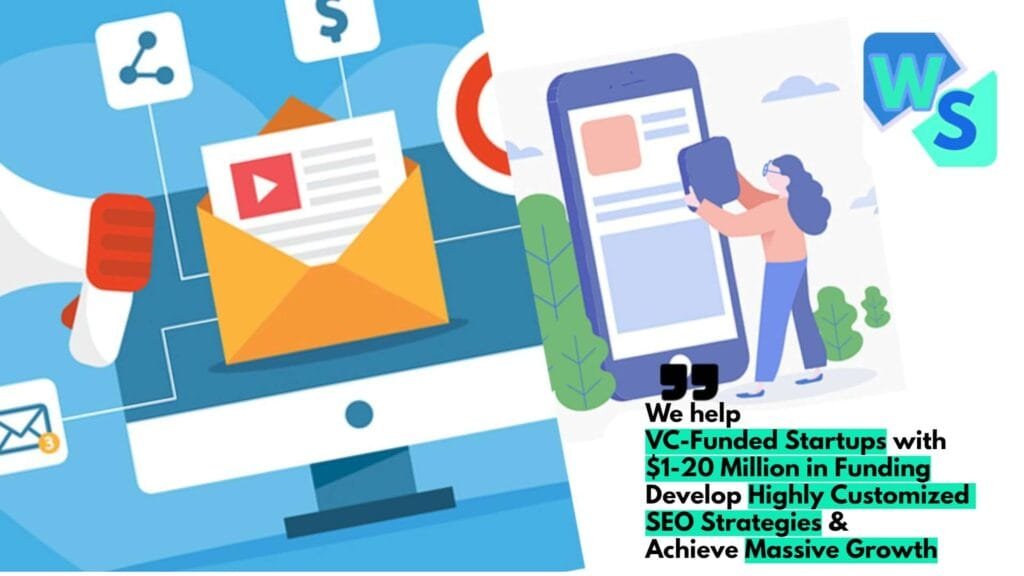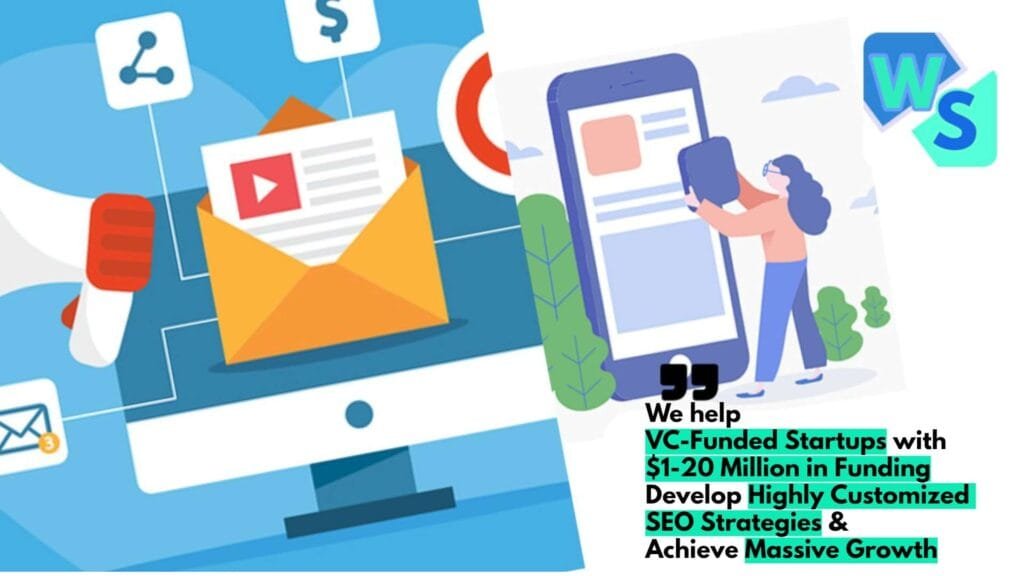Understanding Competitive Advantage
When it comes to cracking the code of business strategy, knowing what makes your company tick in a market full of choices is the secret sauce to winning. The big shots in the business world know they need to make their goods and services irresistible to keep customers coming back for more.
Definition and Importance
Think of competitive advantage like your business’s special sauce—the stuff that makes you the best burger joint in town. It’s the magic in your mix that leaves competitors in the dust. This could be anything from cutting-edge gadgets, top-notch employees, or an uber-loyal fan base. Get this right, and your business becomes the brand everyone wants a piece of, translating into skyrocketing sales, fatter profits, and customers who stick around like old friends.
Research shows the most successful businesses have a competitive edge that others just can’t dupe. This could be first-of-its-kind features, gold-star customer service, or the kind of knowledge that makes them the go-to experts (Business Queensland).
Here’s a quick lowdown on why competitive advantage matters:
| Why It Matters | What’s In It For You? |
|---|---|
| Standing Out | You shine brighter than your competition. |
| Bigger Bucks | Better pricing tricks, bigger profit pie. |
| Loyal Customers | Folks keep coming back and spending more. |
| Lasting Success | Builds a base for thriving in the long run. |
Components of Competitive Advantage
There are a few essential pieces to this puzzle that shapes your edge in the race. Here’s a peek:
Cost Structure: If you can make and sell stuff cheaper than the next guy, while still making a tidy sum, you’re onto a winner.
Product Offerings: Have a product that’s either a class apart or just miles better? That’s a one-way ticket to customer favoritism.
Market Positioning: Getting in the heads of consumers so they see your brand as the must-have? That’s gold right there.
Customer Service: Treat your customers right, and they’ll reward you with loyalty a mile long.
Understanding these pieces helps businesses cook up strategies that turn their strong points into major wins. If you’re itching to know more about different types of advantages, take a look at our article on types of competitive advantage and see how you can outsmart the competition with our guide on competitive advantage strategies.
Market Positioning Strategies
How a brand stands out is a big deal—like, crucial for making people remember it and keeping up with the competition. Let’s dive into how to play those cards right by nailing consumer perception and getting savvy with a perceptual map.
Influencing Consumer Perception
Wanna make waves with your brand? You gotta win over how people see you. This requires knowing the audience like the back of your hand and giving them what they’re looking for. Strike the right chord with them, and they’ll do more than just buy once—they’ll stick around.
Think of these tactics as your go-to toolkit:
- Targeted Messaging: Speak their language and hit them with stuff that matters to them.
- Brand Storytelling: Everyone loves a good story, right? Make it yours, let them feel it.
- Visual Identity: Get a look that turns heads—logos and packages should scream your vibe.
Locked-in messaging keeps everyone on the same page. Need to make an impactful positioning statement? Peep competitive advantage marketing strategy.
Perceptual Mapping
Ever wanted a bird’s-eye view of where your brand sits compared to others? That’s perceptual mapping. It’s like plotting your place on a treasure map but with brand vibes and consumer feels.
Here’s how you sketch one out:
- Pinpoint attributes consumers care about.
- Gather intel on how they see each brand on these traits.
- Map out brands on a graph, laying down perceptions.
| Brand | Quality Perceived | Price Perceived |
|---|---|---|
| Brand A | High | High |
| Brand B | Medium | Low |
| Brand C | Low | Medium |
| Brand D | High | Medium |
Got your map? Now see where you can make a move in the market chess game. To dig deeper into analyzing competition and leveling up your brand, check out competitive advantage competitive analysis.
Employing these strategies—swaying consumer perception and wielding perceptual mapping—can give businesses that extra edge, steering them towards long-term success. Dive into even more on gaining the upper hand in business at competitive advantage in business.
Developing Market Positioning
Nailing down your spot in the market is a big deal if you want to stand out in a crowded business space. It’s all about getting your marketing ducks in a row with a clear plan and scoping out what your rivals are up to.
Creating a Positioning Statement
Coming up with a positioning statement is like drawing a treasure map for your brand. It’s all about showing who your business is and setting the vibe you want with your buyers. Crafting one usually needs these elements:
- Target Audience: Who you’re out to impress and serve.
- Brand Name: What you’re called, duh.
- Category: Where you fit in the big market picture.
- Unique Selling Proposition: What makes you special, not just another face in the crowd.
- Value Proposition: Why folks should be excited about what you’re offering.
An example might look something like this:
| Positioning Statement Component | Example |
|---|---|
| Target Audience | Health-conscious adults |
| Brand Name | PureJuice |
| Category | Organic beverages |
| Unique Selling Proposition | 100% natural, cold-pressed juices |
| Value Proposition | Enjoy delicious flavors while boosting your health |
Competitive Analysis
To stay ahead, businesses need their eyes wide open to what the competition’s doing. By comparing strengths, finding gaps, and seeing what rivals are up to, you can figure out your moves to grab the market’s attention.
Here’s what to stay clever on:
- Market Share: Spot their slice of the pie and see where you can do better.
- Brand Perception: What’s the word on the street about your competitors compared to you.
- Product Features: Look at what’s the same, what’s better, and what’s different in terms of benefits and prices.
- Marketing Strategies: Get inspired or find gaps in their marketing antics.
Using perceptual maps can give you a bird’s eye view of how brands stack up based on consumer vibes. It’s all about finding your sweet spot in the market.
| Competitive Analysis Component | Considerations |
|---|---|
| Market Share | Identify leading competitors and their share |
| Brand Perception | Understand how consumers view each brand |
| Product Features | Compare unique attributes and pricing |
| Marketing Strategies | Analyze promotional tactics and channels |
By shaping up your statement and zoning in on the competition, you’ll carve out a path to make your mark. For more juicy tricks and tips, check out our guide on competitive advantage strategies.
Strategies for Competitive Advantage
If you’ve ever wondered how companies get ahead in the market game, it’s all about playing their cards right. Following Michael Porter, the three tricks up their sleeves include cost leadership, differentiation, and focus. Each has its perks and fits different opportunities like a glove.
Cost Leadership
Cost leadership is like the “bargain bin” approach—producing stuff cheaper than the competition so you can sell it cheaper too, all while still making a buck. It’s all about keeping things efficient, buying in bulk, and cutting costs all over the place.
| Perks | Pitfalls |
|---|---|
| Scooping up market share with lower prices | Folks might think “cheap” equals “poor quality” |
| Taking blows in price wars like a champ | If someone cracks your cost-code, you’re in trouble |
| Selling loads | Not much cushion in profit margins |
Businesses that nail cost leadership often find they’ve got a hefty chunk of market share. Want more nitty-gritty on this? Check out our piece on competitive advantage cost leadership.
Differentiation Strategy
With differentiation, you’re pulling a “look at me!” by offering something totally rad that no one else does. This could be a killer design, top-notch quality, killer customer service, or a brand that sticks in people’s heads. Impress the pants off customers, and boom—brand loyalty.
| Perks | Pitfalls |
|---|---|
| Charge more ‘cause you’re worth it | Costs more to innovate and keep everyone talking |
| Brand groupies abound | Could take a tumble if rivals play copycat |
| Price wiggle room | A bit of a niche club if what you offer is too specific |
Nailing this means you can charge more, which means more dough in the long run. For more on this, swing by our article on competitive advantage differentiation strategy.
Focus Strategy
Focus strategy is all about zoning in on a particular group of folks or specific tastes. You can focus on either being cost-effective or super unique within your chosen niche, being the go-to for that market slice.
| Perks | Pitfalls |
|---|---|
| You get your target market | If your niche fizzles out, so do you |
| Less of a fight with fewer competitors | Growth may stall if you’re stuck in your lane |
| Fat profits in their spot | Dangerous dependence on that single market slice |
This approach works wonders if you really get your pick of the crowd and can wow them just right. Explore this strategy by checking our write-up on competitive advantage strategies.
To play these strategies well, companies gotta know their stuff about the market and keep tabs on what they’re good or bad at. Doing this helps keep them in the game, making the most profit they can while ensuring they stick around for the long haul.
Types of Competitive Advantages
Getting a grip on competitive edge types is like having a secret recipe for your business’s market success. Porter, the guru of market strategy, spotted three heavy hitters that can really give a company a leg up: a killer brand, tech that’s ahead of the curve, and solid cash reserves.
Strong Branding
Having a strong brand is like having a magic wand in business. When folks trust your brand, they’ll cheerfully pay more because they believe they’re getting something special. It builds loyalty, so customers won’t jump ship when a competitor waves a deal in their face. Think Apple—they’re the poster child for this, their brand is so iconic, it’s like they’ve got a golden ticket (BrandWell).
| Brand Strength Ingredients | What They Mean |
|---|---|
| Recognition | People know you on sight—you’re a household name! |
| Reputation | Trusted and reliable, like your favorite superhero |
| Loyalty | People keep coming back—a fan club for your brand |
For more juicy tidbits on how branding brings its A-game, peek at our piece on competitive advantage in marketing.
Technological Superiority
Tech’s the name of the game if you’ve got the edge! Whether it’s snazzier gadgets, smoother customer journeys, or nimble business operations, staying ahead tech-wise can make you the cool kid on the block. Companies shaking up the world like AI wizards and big data champs have a knack for keeping their tech game strong (Forbes).
| Tech Benefits | What They Do |
|---|---|
| Efficiency | Make things faster and cheaper—doing more with less |
| Innovation | Crafting the next big thing before anyone else can say, “Whoops!” |
| Customer Engagement | Chat ’em up with the latest tools to make ’em feel special |
Amazon’s made tech their best buddy, spicing things up with smart algorithms for customer care and nifty product tips (BrandWell).
Access to Capital
Money talks, right? And having a chunk of change ready can mean crushing it in your business plan. When your wallet’s plump, it’s easier to throw cash at R&D, grab the latest tech, or schmooze in new markets.
| Money Magic Factors | What’s That About? |
|---|---|
| Investment | Money for new big ideas or projects |
| Market Entry | Open doors to new spots or crowds |
| Risk Management | Roll with the punches when the market gets tricky |
Bottom line is, cracking the code on these competitive perks can really beef up your business’s market muscle. Go ahead, take stock of your wins in branding, tech, and pocketbook size to chart out a killer path for growth and winning. For more wisdom on strategic plays, shimmy over to our article on competitive advantage strategies.
Case Studies: Effective Strategies
Peeking into how top dogs like Walmart, Apple, and Amazon claim their throne, teaches us a thing or two about winning in the business jungle. Each of these big shots plays a unique game to stay ahead and stand out in their crowded arenas.
Walmart’s Game Plan
Walmart’s got its mojo in juggling efficiency, smart location picking, and tech wizardry. By cutting down how much they spend, they keep their prices low without skimping on quality. Their obsession with using the latest gadgets in their supply chains helps them zip through tasks without breaking a sweat.
| Secret Weapon | What’s They Up to? |
|---|---|
| Streamlined Approach | Cutting down on extra costs to keep it cheap |
| Spot-On Spots | Shops placed just right to catch all the shoppers |
| Swanky Tech | Tech magic to make things faster and cheaper |
If you’re curious about all the tricks Walmart’s got up its sleeve, mosey on over to our other page about types of competitive advantage.
Apple’s Magic Touch
Apple’s got this knack for keeping everyone hooked with its glitzy brand, cool tech, and a buffet of fancy gadgets. Loyal fans swear by the brand and don’t mind shelling out more for Apple goodies. They’ve woven a neat tapestry of stuff that plays nice together, turning customers into walking billboards.
| Secret Weapon | What’s They Up to? |
|---|---|
| Brand Glory | A tech giant folks trust and love |
| Top-Notch Products | Gadgets that work and don’t break easily |
| Device Kingdom | Stuff that works together keeps people coming back |
For the whole story on how Apple keeps its fans buzzing, jump over to our chat on competitive advantage in marketing.
Amazon’s Winning Formula
Amazon plays a clever hand with its low prices, huge variety, and tech smarts. Their mission? Making every customer feel on top of the world with zippy service and tons of choices. They’ve got tech and logistics down to a science, so your online goodies arrive faster than you can say “delivery.”
| Secret Weapon | What’s They Up to? |
|---|---|
| Penny Pinching | Keeping costs low with smart running |
| Sea of Choices | A little bit of everything for everyone |
| Top-Notch Tech | Fancy tech to make buying a breeze |
For a deeper dive into Amazon’s bag full of tricks, check out our article on competitive advantage strategies.
Looking at Walmart, Apple, and Amazon, you see how clever market positioning turns a company into a standout winner. Each of these giants fiddles with their own tune, making the most of what they’re good at to rule their patches of the market map.
Achieving Sustainable Advantage
Imagine being the last one standing in a fierce game of tag—except it’s business and the game never stops. Keeping ahead in industries like tech and auto isn’t just about today; it’s about securing the whole future with a dash of strategy and a pinch of persistence.
Strategies for Long-term Success
Securing that golden edge over rivals comes from weaving together a few solid strategies. It involves knowing what makes you shine brighter than others, smartly using tech, always coming up with the cool and new, and staying in the loop with market whispers. Here’s a bit of a rundown to lay it all out:
| Strategy | What It Means |
|---|---|
| Unique Selling Proposition | What makes you special—like the secret sauce only you have. |
| Technology Utilization | Using AI and data like some sort of business superhero, making things smoother and pleasing customers. |
| Continuous Innovation | Keeping things fresh with new products or updates to stay hip with what’s hot. |
| Market Monitoring | Being aware of what’s making customers tick and what the other guys are up to. |
Mix these into your business brew, and you’re not just here for a good time but a long time. Companies that get this right often find more folks knocking at their virtual door and sticking around. Peek into other ways firms clinch the competitive edge over here.
Planning and Execution
Having a rock-solid plan is like having a map on a treasure hunt—it’s vital. Equip your crew with tools like AchieveIt; think of it like having a wise old sage pointing out what works and what doesn’t with real-time info (AchieveIt).
For the planning part, line up your ducks like so:
- Defining Goals: Paint a clear picture of what winning looks like for your team.
- Resource Allocation: Make sure your gold is going where it’ll grow—think research, marketing, and making customers feel like royalty.
- Performance Metrics: Have some yardsticks to see how close you are to ‘winning’ and tweak as the race goes on.
Following your plan is only half the saga; you gotta bop and weave to the tune of market beats. Hone in on boosting tech, growing talent, and making customers feel like they’re at the center of the universe. Don’t miss a beat; learn more tricks in staying ahead of the game here.
By rolling with these game plans, focusing on nailing the planning and sitting tight in the driver’s seat during execution, businesses not only climb high but also stay perched, raking in profits and making waves in the market.
Tools for Sustainable Advantage
To stay ahead in the game, businesses need the right tools and strategies. Software that helps transform the way a business operates and smart, data-driven choices are key players when it comes to outpacing the competition.
Business Transformation Software
Think of business transformation software as a strategic ally, helping companies chalk out and execute game plans to keep them a step ahead. Take tools like AchieveIt, for example. They serve up info in real-time, let you play around with data, and make complex stuff easier to see and understand. These goodies let businesses size up how they’re doing and pivot quickly to shake things up when necessary (AchieveIt).
Let’s break down how such software can make life a bit easier by cutting down the time spent on making big calls:
| What It Does | Time Saved (Roughly) |
|---|---|
| Kitchens Up Reports | 40% |
| Checks Performance | 30% |
| Tweaks Strategy | 25% |
The right tech in your toolkit means smoother ops, better foresight, and strategies that don’t just sit pretty—they get results.
Data-driven Decision Making
If you want to really stick it to the competition, making decisions based on hardcore data is where it’s at. By giving market info a good going over, CEOs, enterprise owners, and marketing brains can make choices that give their positioning a boost.
Here’s what you need for making data-backed decisions:
- Consumer Insights: Grabbing data to get a peek into what customers really want.
- Market Trends: Catching shifts so you can plan a smart move.
- Performance Metrics: Figuring out what’s working and tossing what’s not.
With data analysis tools, businesses can get a handle on where they stand and tweak their sales pitches for a leg up over the competition. By looping in these insights and techniques, companies get to carve out their unique angle, drive constant change, and keep a watchful eye on the market (AchieveIt). Following these practices means knowing just how to tackle the market today and staying ready for the curveballs of tomorrow.




















